This paper shares a framework for constructive friction processes. In the framework, constructive friction is...


This paper shares a framework for constructive friction processes. In the framework, constructive friction is...

This case study examines the use of iterative prototyping to raise concerns important to adolescents and...
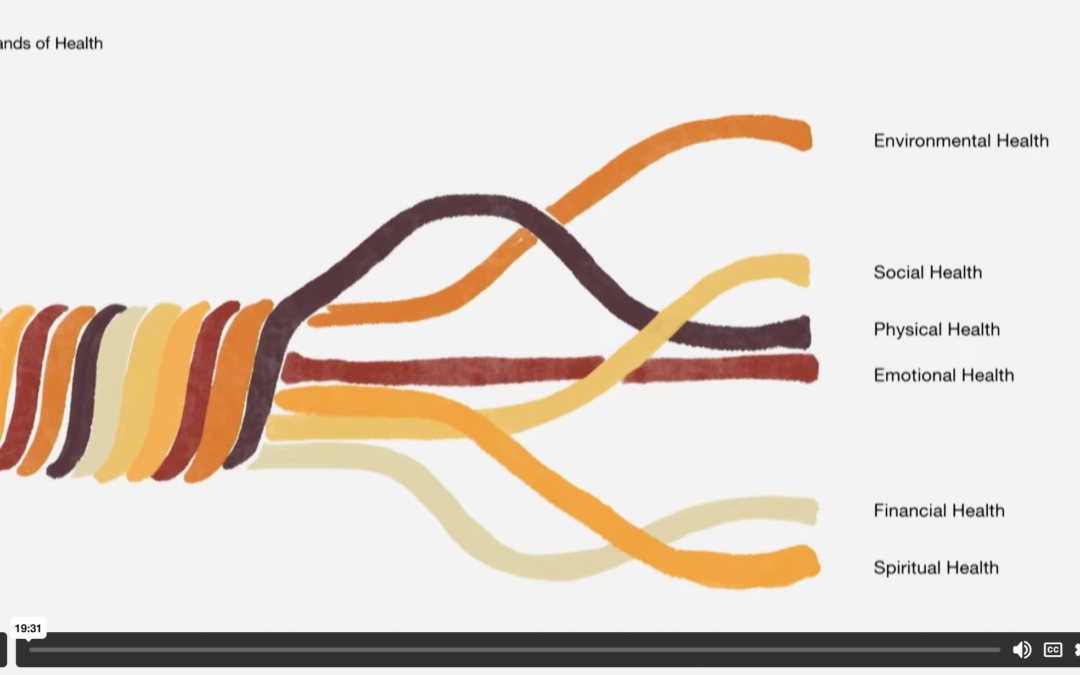
Globally, the COVID-19 pandemic has been an inflection point, bringing heightened awareness around the preparedness and resilience of public health systems in dealing with severe shocks. While the pandemic has...
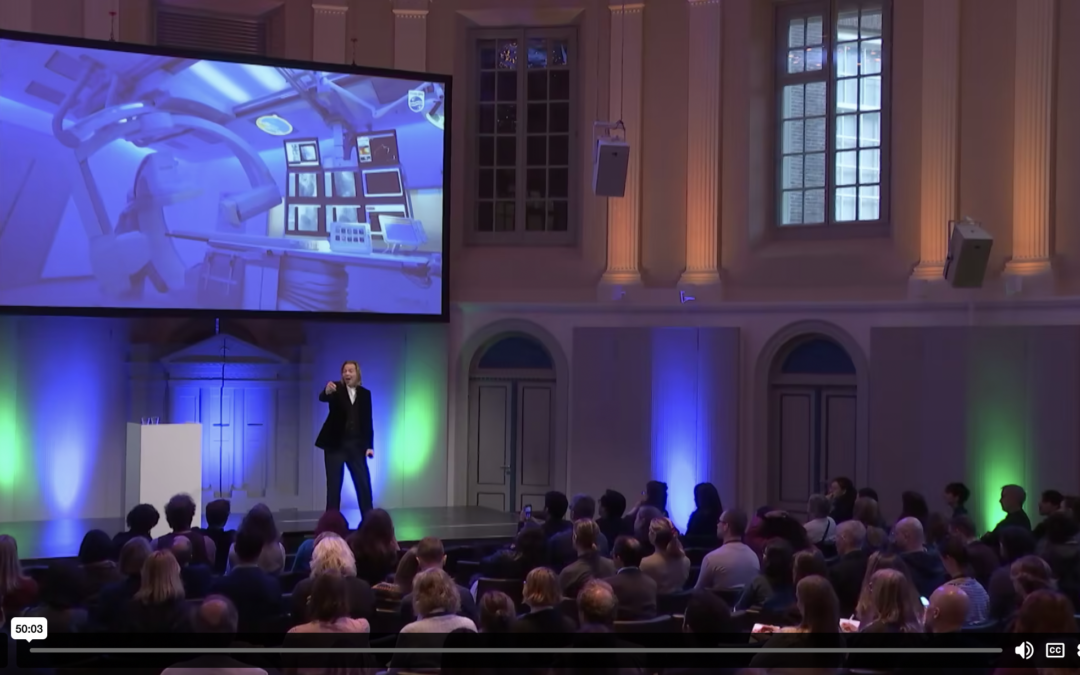
Kurt Ward is a Senior Design Director at Philips Healthcare who is responsible for strategic alliances and collaborations across businesses and partners to stimulate, inspire and explore new value spaces and...
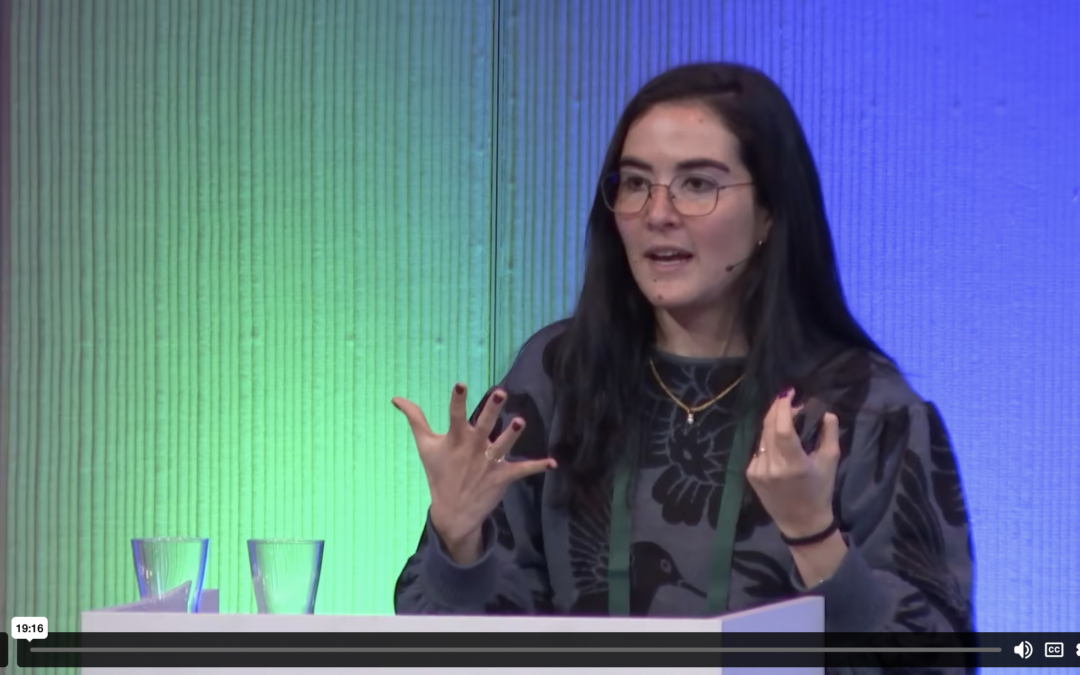
In this paper we challenge an assumption about caregivers of chronic patients that we’ve repeatedly encountered in our ethnographic fieldwork: that of the inherently and permanently resilient caregiver, or a...
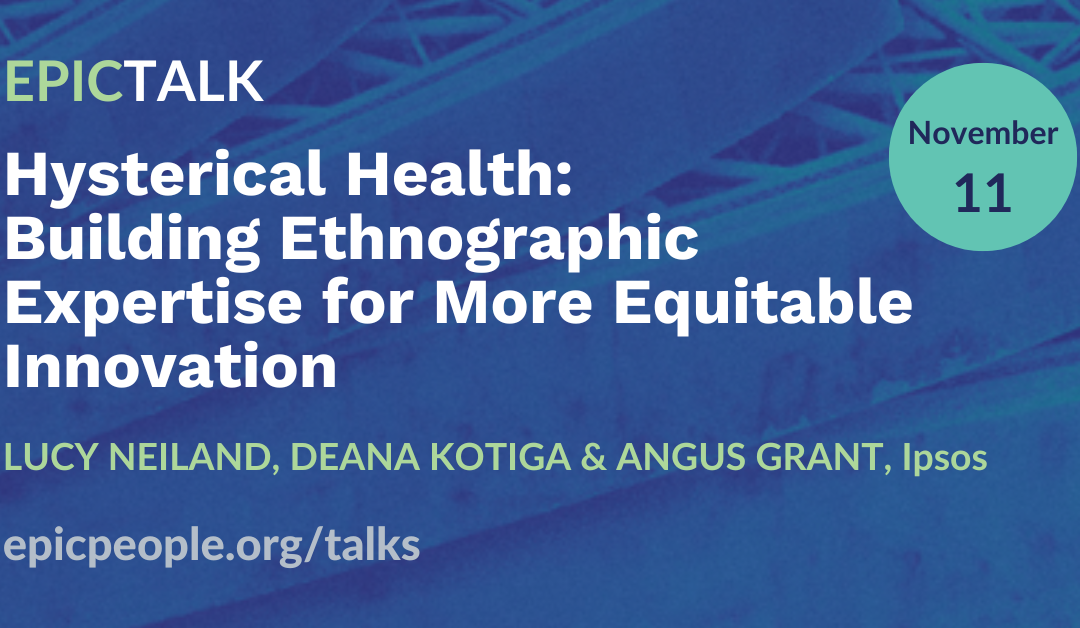
A centuries-long legacy of myth and misinformation about women’s bodies continues to shape society and permeate the innovation of products, services and policies. Embedded into our thinking are the ideas that women’s bodies are inferior and weaker, that women are difficult to understand, and that...
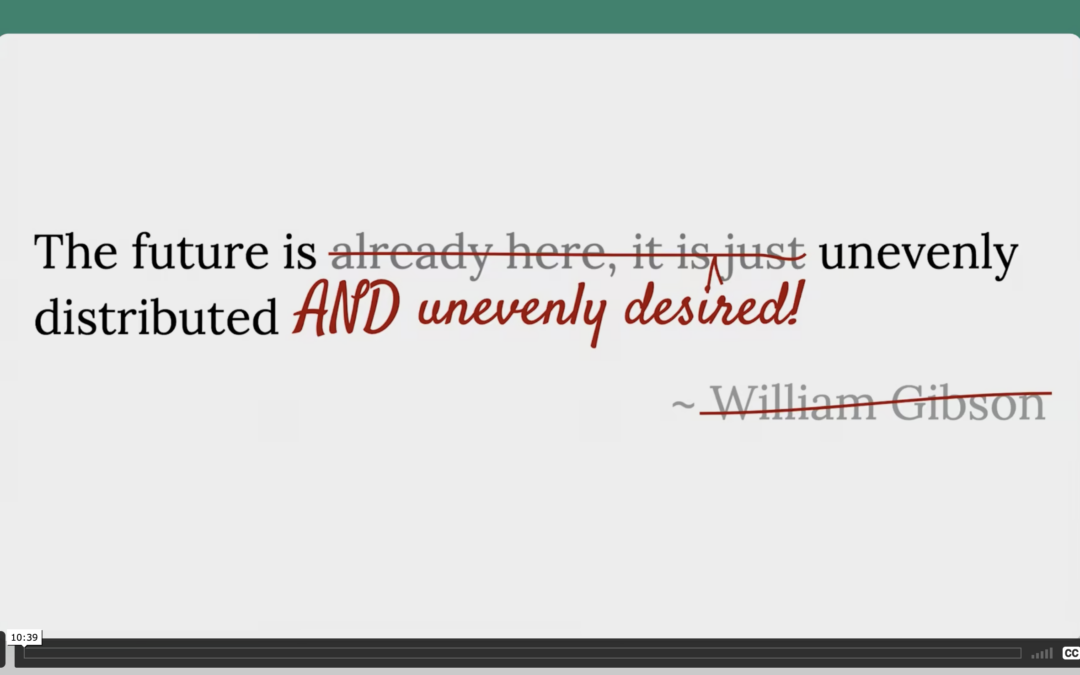
The COVID-19 pandemic changed many healthcare companies' priorities and dramatically accelerated the drive towards increasingly virtual health care. Grand Rounds Health*, a healthcare startup, decided the time is now to launch its virtual primary care offering. It was assumed that a rural,...

PechaKucha Presentation: This story outlines the use of a fictional ethnography to delve into the theme of human-technology interface, with assisted reproduction as its focus. Drawing from my ethnographic experiences around reproductive technologies and clinical spaces at large, the narrative...
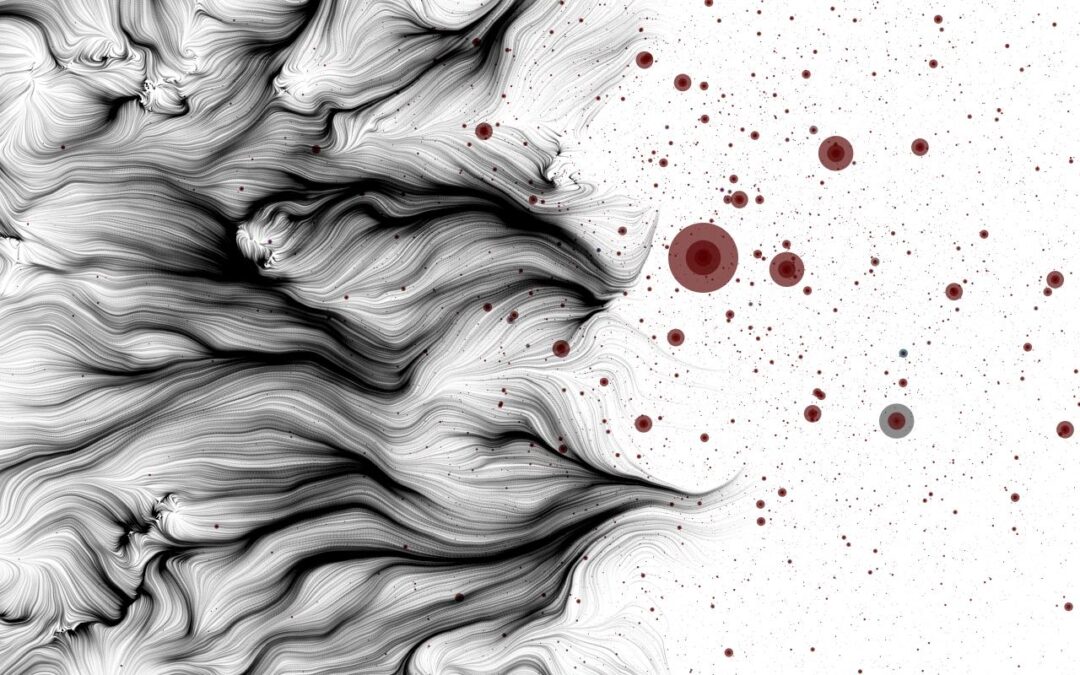
Application Programming Interfaces, commonly known as APIs, connect the front-end interfaces we see when we navigate the internet (like websites and apps) to the back-end systems, or databases, that store information. APIs enable people to carry out transactions online, like purchasing goods,...
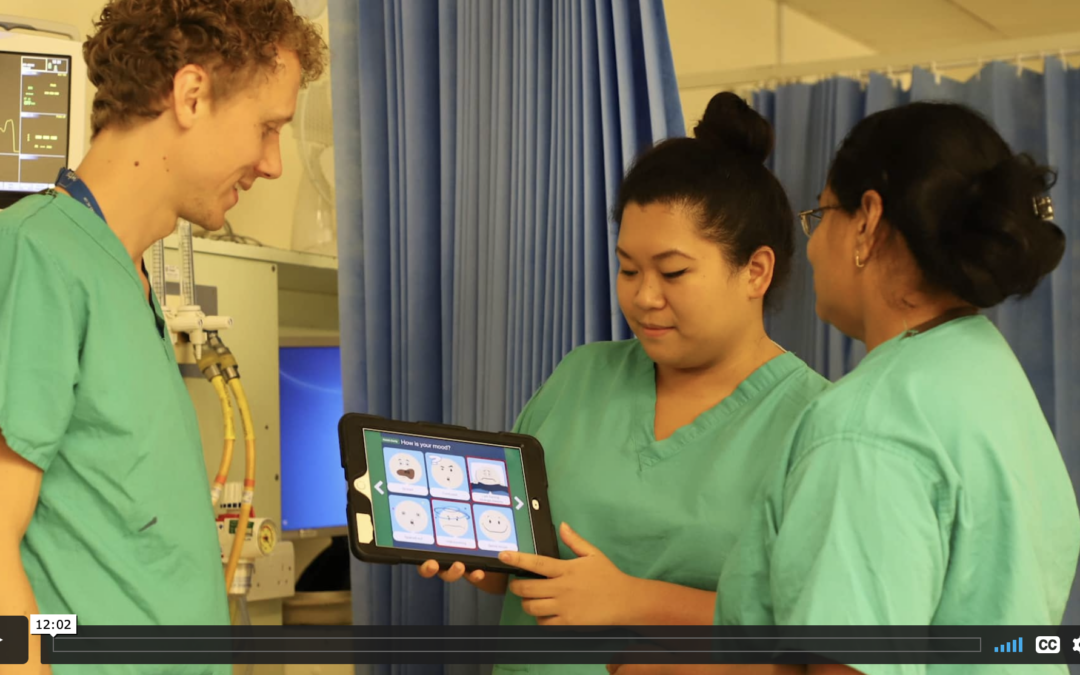
This case study explores the scaling experience of an early-stage healthtech startup company called myICUvoice. During the Covid-19 pandemic, myICUvoice rapidly scaled from a single intensive care environment to being widely used nationally (UK) as well as globally. We explore why and how so many...